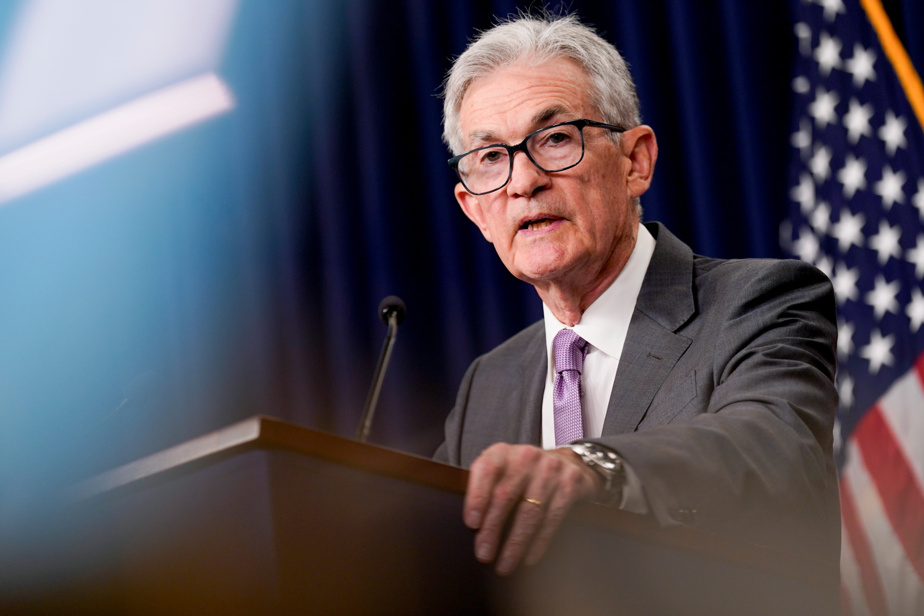(Washington) A quarter point or more? It now seems certain that the American central bank (FED) will announce its first rate cut since 2020 on Wednesday at the end of its meeting, but the speed of this easing remains uncertain.
Because as inflation gradually falls back into line, it is now time to prevent unemployment from rising in turn. And therefore to start lowering rates, which weigh on economic activity.
These had been raised to curb the surge in prices, and since July 2023 have been in the range of 5.25 to 5.50%, their highest level in more than 20 years.
This start of rate cuts “was clearly signaled by the FED chairman [Jerome] Powell and other officials,” Lauren Saidel-Baker, an economist at consulting firm ITR Economics, said in a note.
“The only question now is the magnitude” of this decline, she adds.
The Fed will release its decision via a press release at 2 p.m. local time (2 p.m. Eastern Time), and Jerome Powell will hold a press conference thirty minutes later.
“Inertia”
Fed officials could err on the side of caution, to avoid reviving inflation, and opt for a modest cut of a quarter point (25 basis points).
Or, worried about a rapid deterioration in the jobs market and the American economy, they could hit harder, and cut half a point (50 basis points) directly.
The latter option is now favored by two-thirds of market participants, with only a third considering a timid decline, according to CME Group’s assessment.
Krishna Guha, an economist at investment firm Evercore, is counting on a half-point directly, which the Fed would present as a “starting 50.” […]and not as the first in a series of similarly large declines.
He does not, however, rule out a drop of a quarter of a point, “given the inertia of the Committee, with many preferring a gradual approach.”
For Greg Daco, chief economist at EY, it is precisely this “progressive character (that) will prevail” among the members of the Federal Open Market Committee (FOMC). He therefore expects a reduction of only a quarter of a point.
Whatever the decision, the employment situation, which has been put aside in recent years by Fed officials because the labor market was doing so well, is once again at the heart of their concerns.
The mission of the powerful American Federal Reserve is in fact twofold: to ensure price stability and full employment.
“rebalance”
“I have rebalanced my focus on both sides of the dual mandate for the first time since early 2021,” Atlanta Fed President Raphael Bostic, who this year has rotating voting rights on the FOMC, said in early September.
Inflation is gradually getting back on track: the PCE index, which the Fed wants to bring back to 2%, remained stable in July, at 2.5% over a year. The August data will be published on September 27.
The CPI index fell in August to its lowest level since February 2021, 2.5% over one year.
As for the unemployment rate, it fell in August to 4.2%, but job creation is slowing down.
“What matters most at this meeting is that rate cuts finally start,” said Lauren Saidel-Baker.
Fed officials will also update their forecasts for the U.S. economy on Wednesday, including inflation, GDP and unemployment. They will also say how far they plan to cut rates.
This will be their last meeting before the US election on November 5, which will pit former Republican President Donald Trump against Democratic Vice President Kamala Harris. The next one will take place immediately after the vote, on November 6 and 7.
